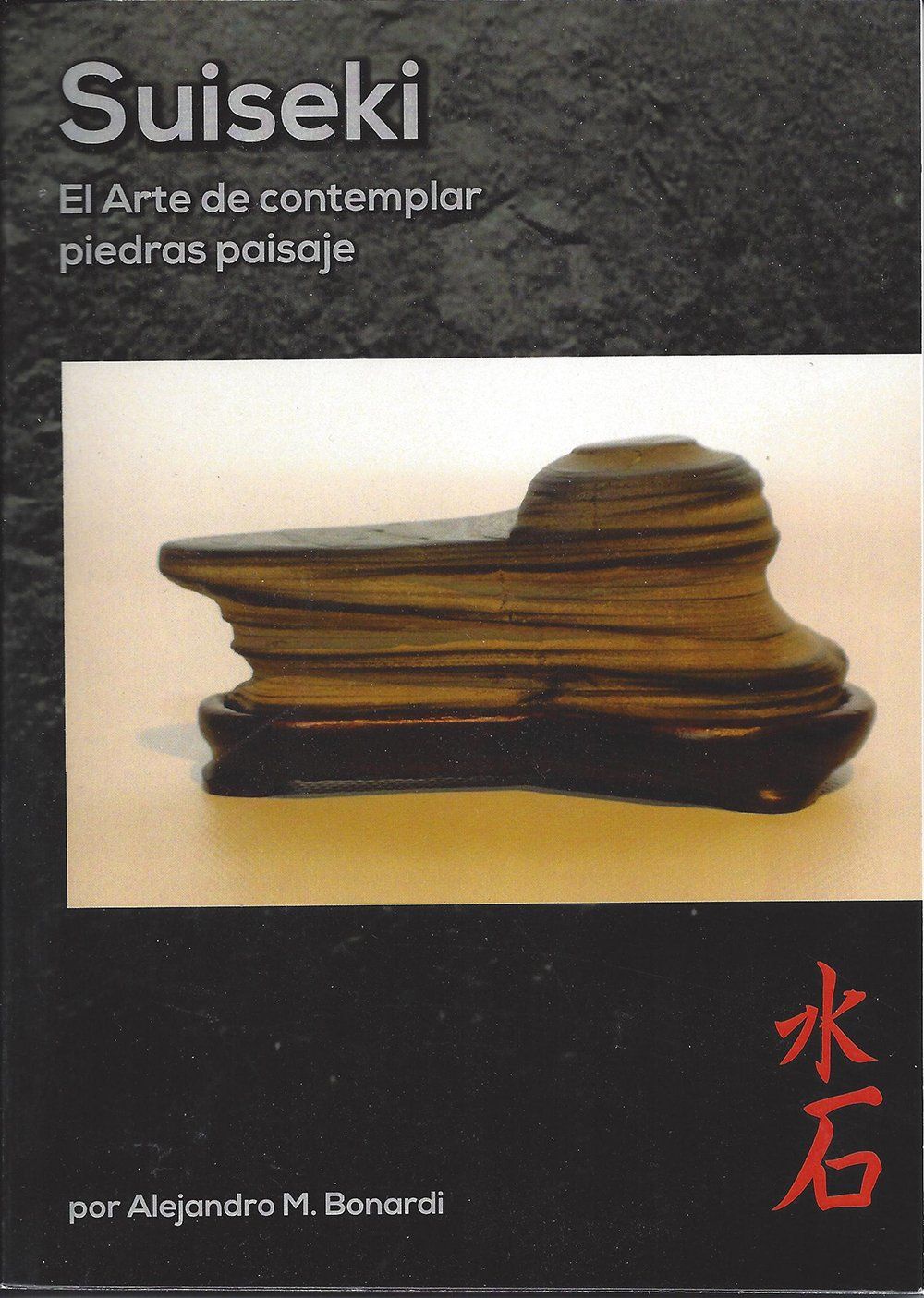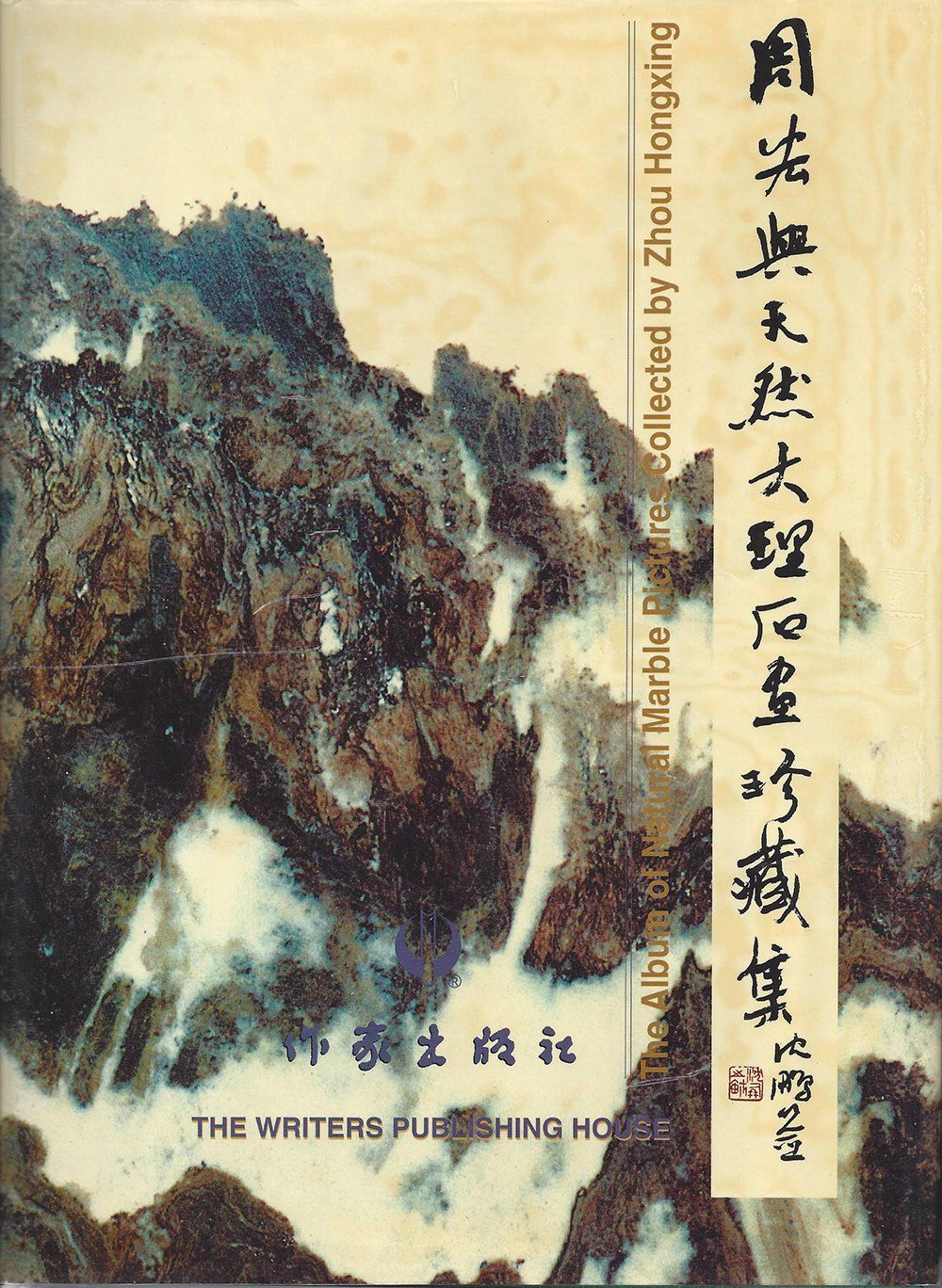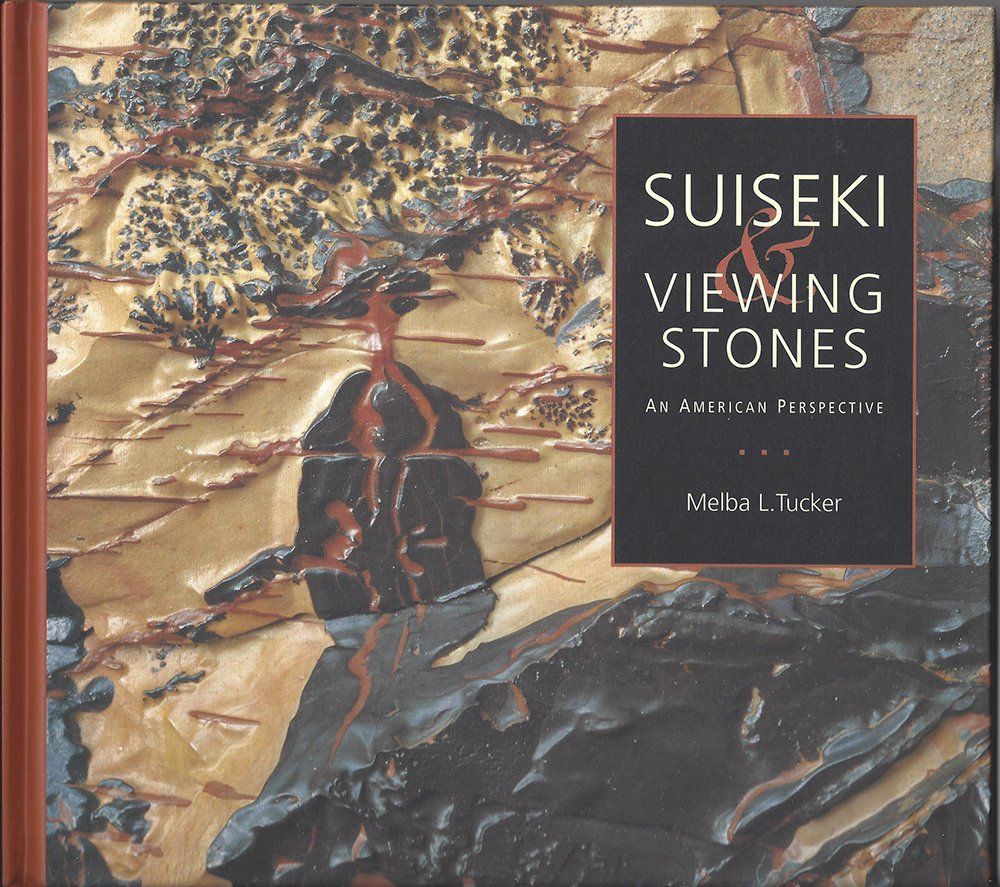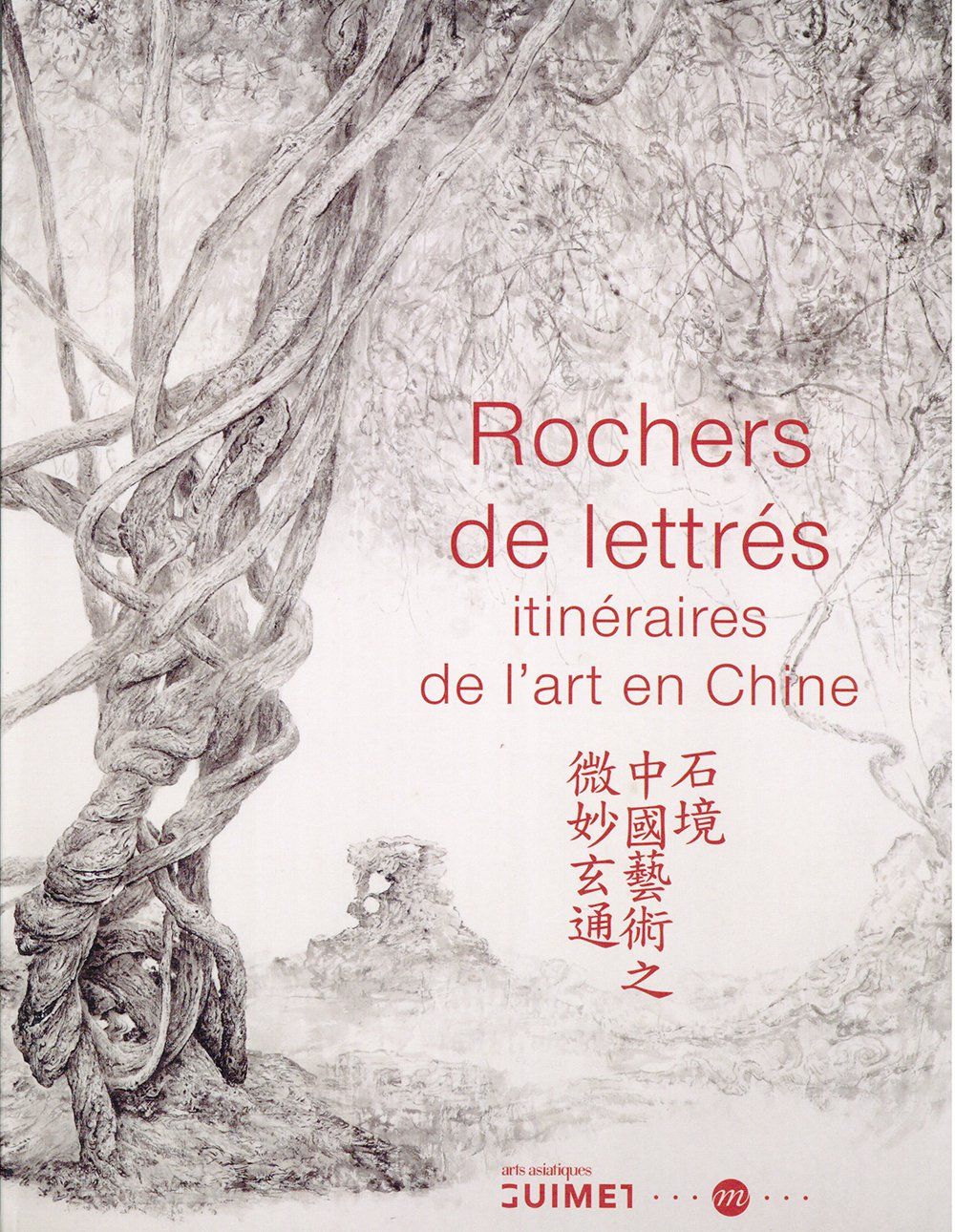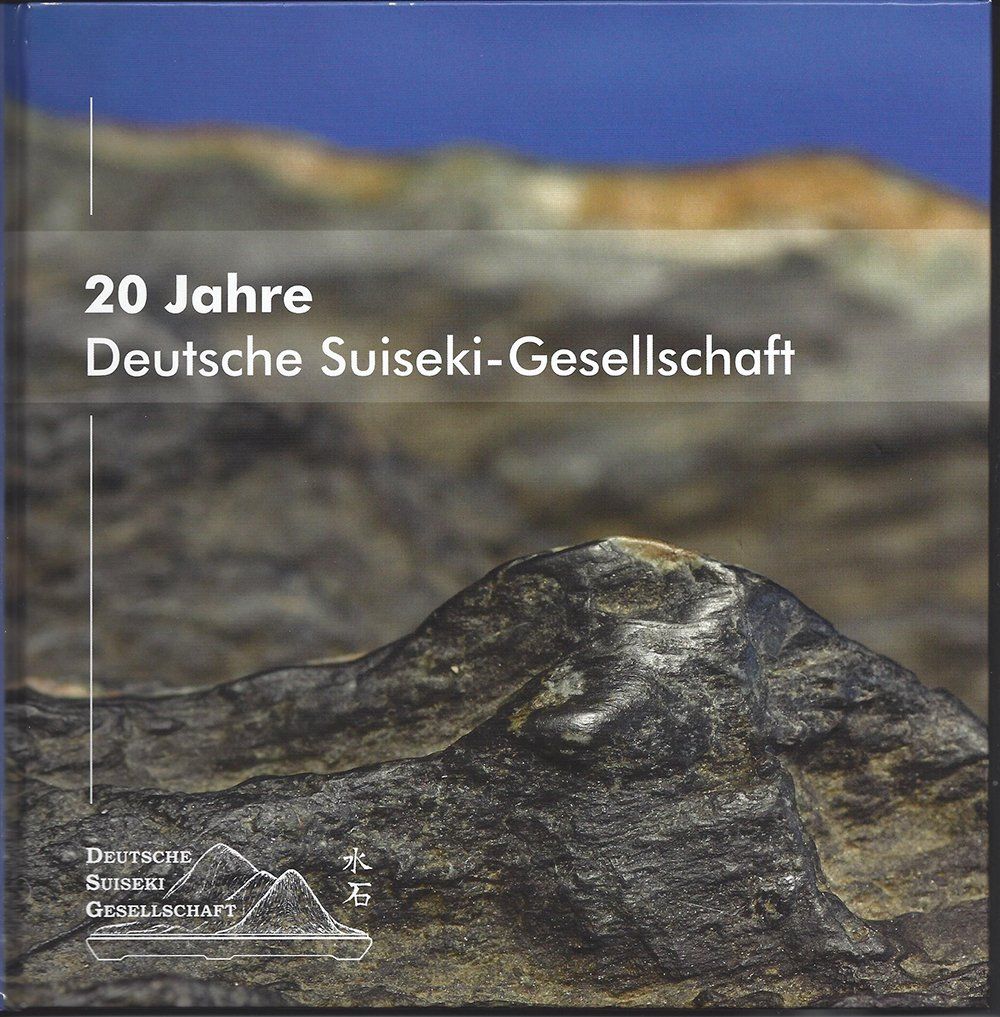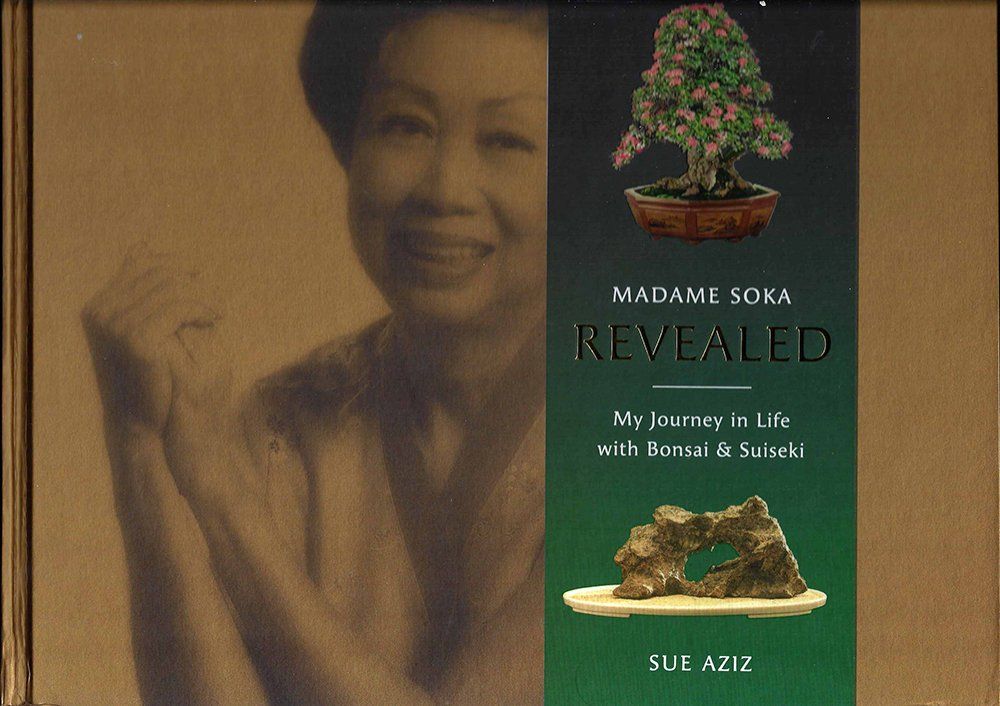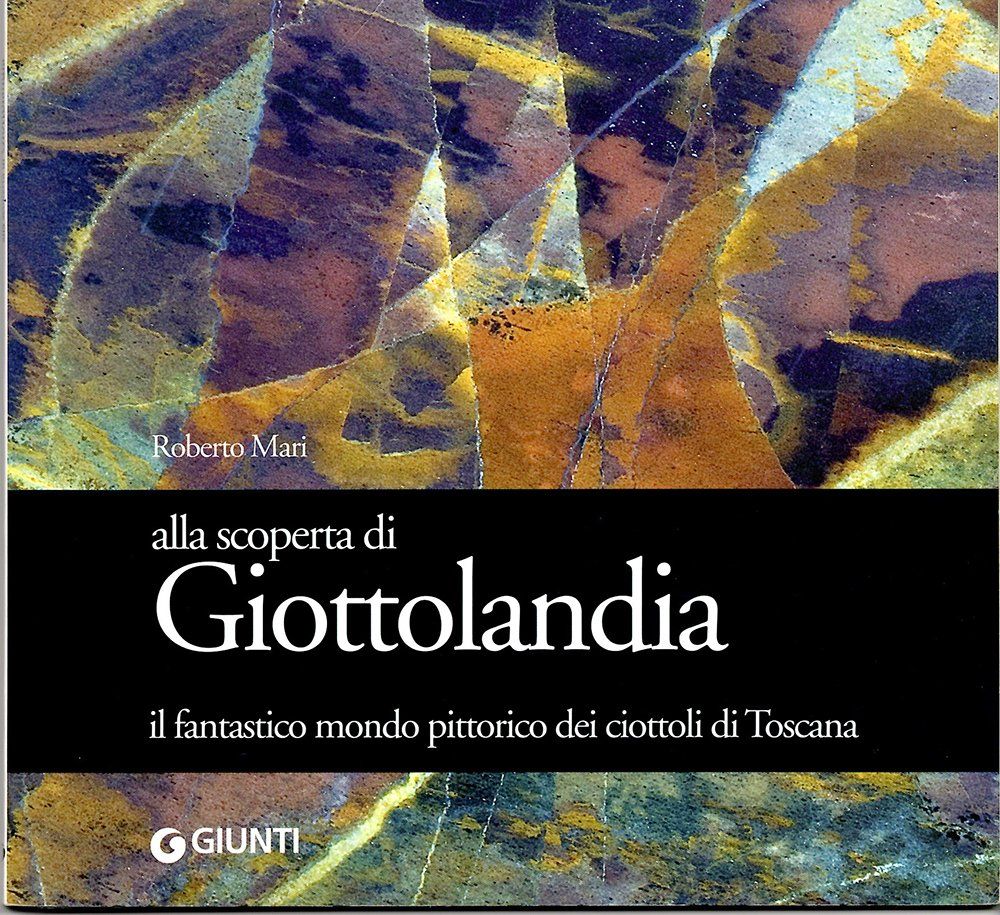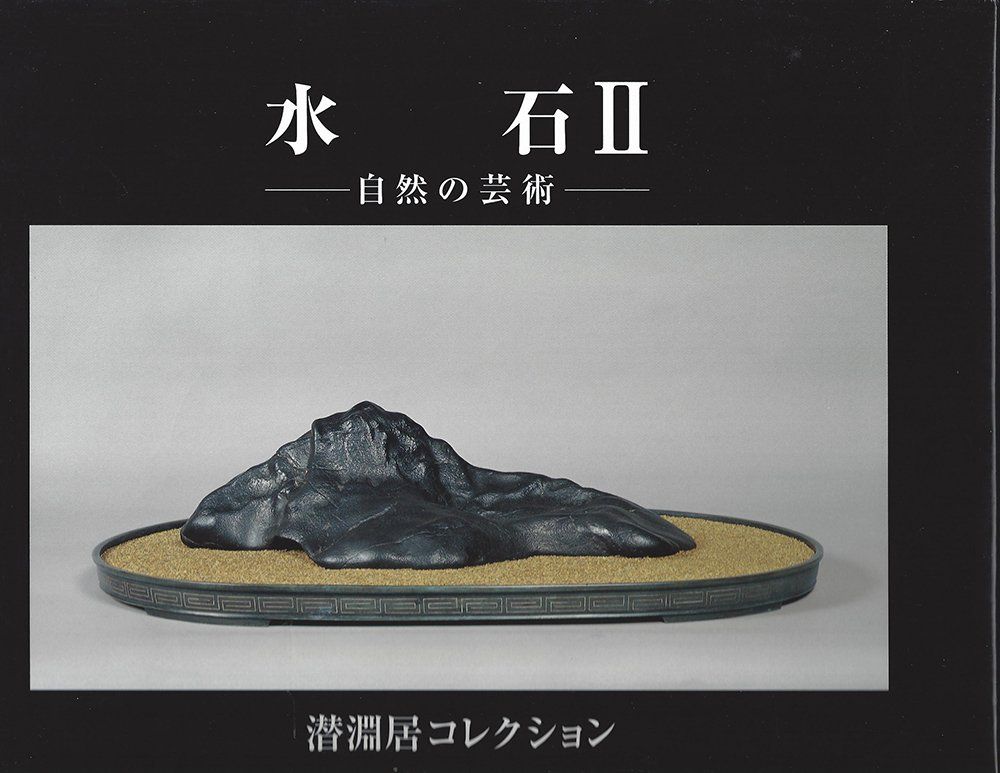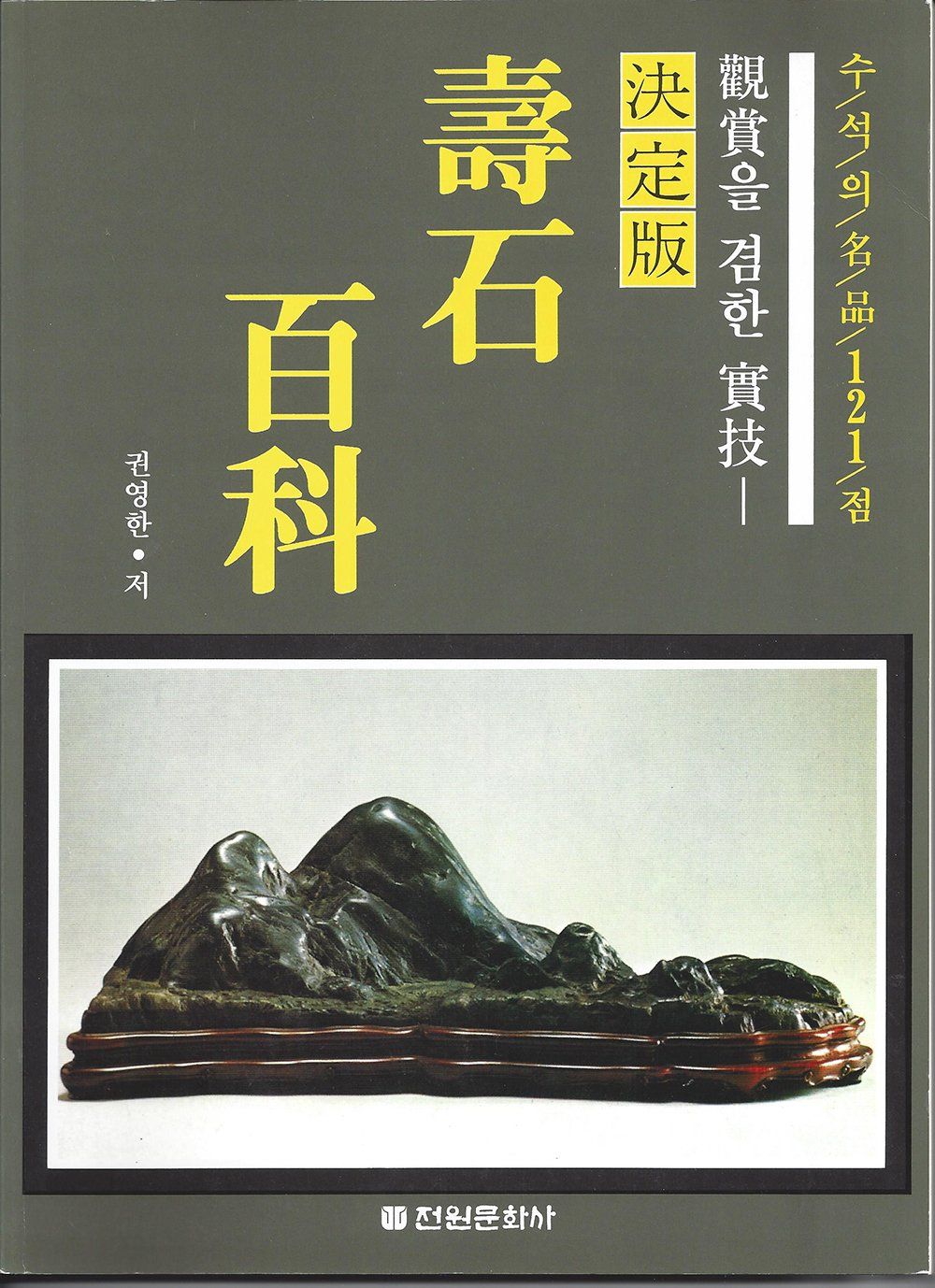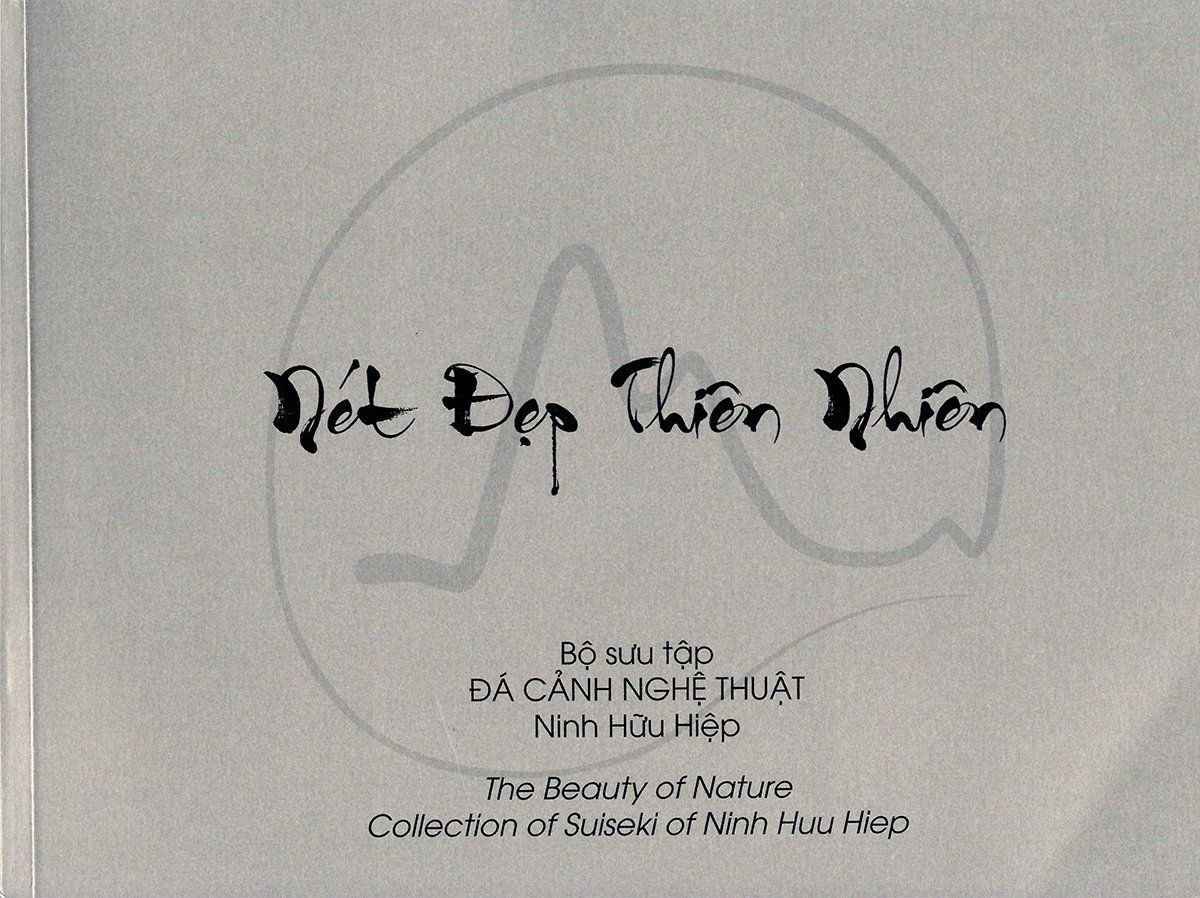FEATURED BOOK REVIEW
Japan Suiseki Association, 1993
1st International Suiseki Exhibition
Rating: Very Good. This volume documents the 1st International Suiseki Exhibition in Japan, and documents one of the many efforts to promote Japanese Suiseki globally.
Japan Suiseki Assocation, Tokyo; 66 pages, not paginated.
This catalog is significant in that it chronicles the 1st International Suiseki Exhibition held in Japan from September 30 through October 3, 1993 at the Ueno Green Club. The exhibit consisted of 153 stones, primarily from Japan but also ones from other countries. It was truly an international event with participation of collectors from Indonesia, Italy, USA, Germany, France, Netherlands, Australia, UK, China, Taiwan, & Hong Kong. This event was independent from the Meihin-ten held earlier that year at the Meiji Shrine in Tokyo. The 1993 Taikanten had only a single foreign entry from Indonesia.
I am not aware that a 2nd or 3rd International Suiseki Exhibition ever occurred in Japan. Coordinating an international stone exhibition takes considerable time, effort and expense. I suspect that it was more practical to invite foreign viewing stone collectors to exhibit suitable stones in later Meihin-ten events than manage two separate major events in the same year.
Members of the All Japan Aiseki Association held a series of joint Japanese/Korean stone exhibition in Korea during the 1980s. Also, Japanese suiseki collectors participated in a major Japanese, Korean and Taiwanese exhibition in 1991 Korea.

